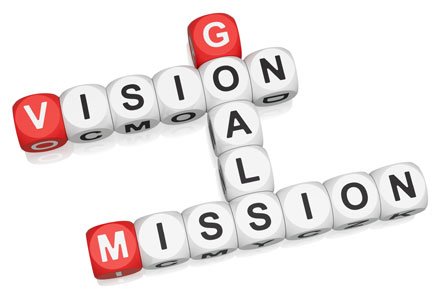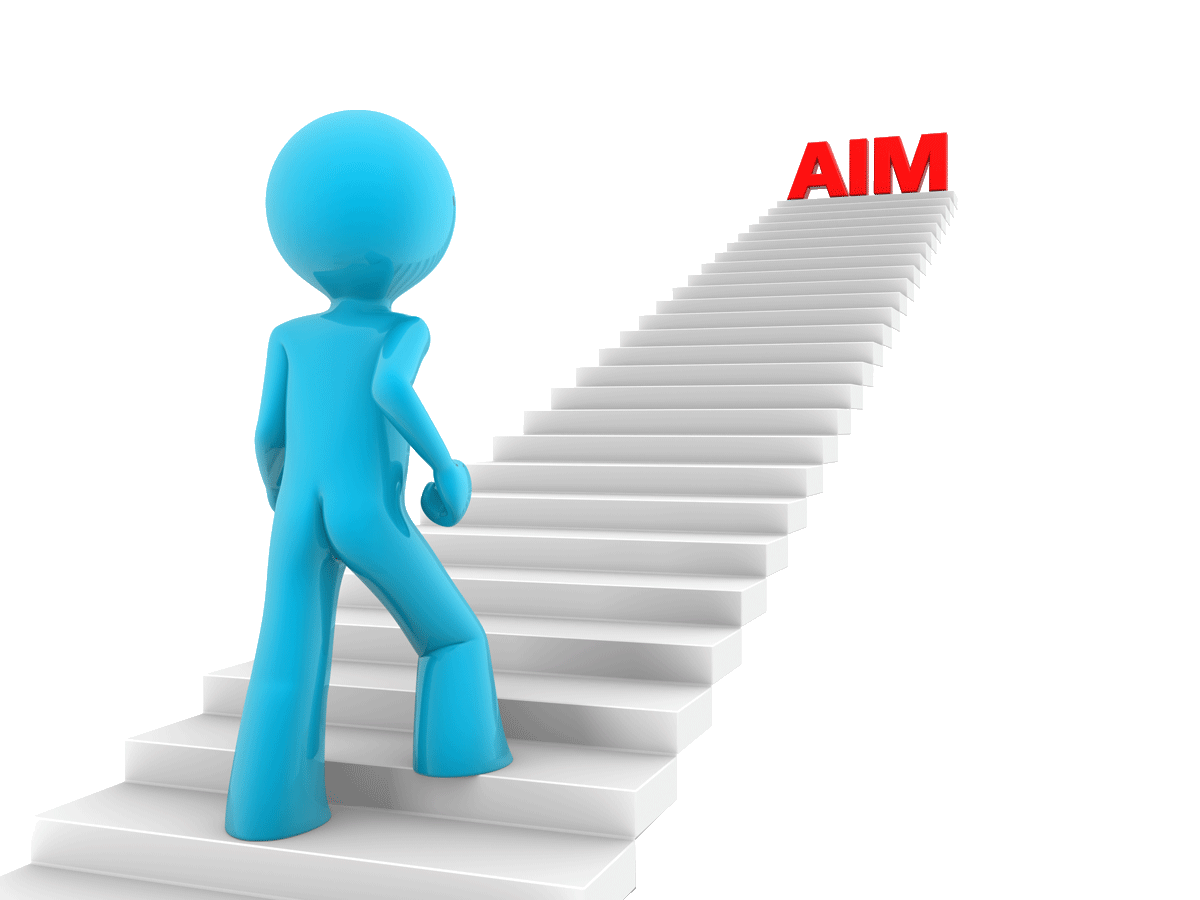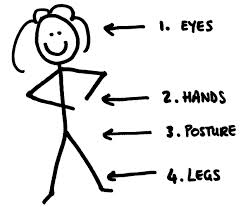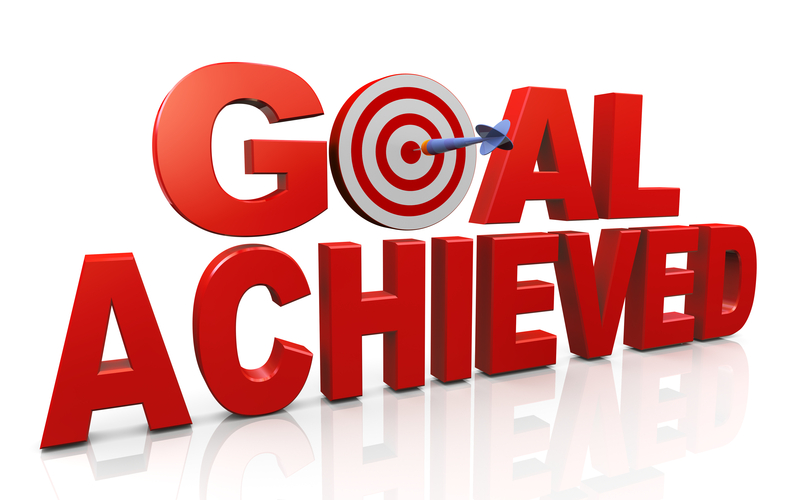corporate leadership
A Simple Phrase That Leaders Need To Know
Bonjour!
I don’t speak French. When it was time to take a foreign language in high school, Spanish seemed a more practical choice where I lived in California. However, it makes things a bit difficult, each Summer when I head to beautiful French-speaking Switzerland. Every year, I spend a month conducting leadership workshops and trainings at international leadership camps. Rough gig, huh? Everyone in my sessions speak English – so I get to teach in my native tongue. It’s when I head out into the real world that things get a little tricky. Even simple tasks such as buying an apple at the market or ordering a desert from a counter are an ordeal when you are unable to communicate. Sadly, after three years of annual visits, I still get through the day with pointing, pantomime, and finally asking “Do you speak English?”
There is one word that anyone who spends even a little time in Switzerland will learn: “Bonjour!”
That’s “Good Day!” in English.
 This formal greeting isn’t held in reserve for when you enter a store or sit down at the café. You’ll hear it from everyone you happen to pass. Men, women, children, young, old… Everyone. And they don’t just say it. They emphasize it with a sing-song happy voice accompanied by a big smile that makes you feel like they really mean it. This was quite strange at first, especially coming from a country where you can live in a place for a decade and still not know their neighbor’s first name. But you get used to it. And taking a cue from the country that Forbes Magazine lists as the #2 Happiest Place To Live, pretty soon you find yourself smiling and presenting your own happy “Bonjour!” to everyone that might cross your path. It’s amazing!
This formal greeting isn’t held in reserve for when you enter a store or sit down at the café. You’ll hear it from everyone you happen to pass. Men, women, children, young, old… Everyone. And they don’t just say it. They emphasize it with a sing-song happy voice accompanied by a big smile that makes you feel like they really mean it. This was quite strange at first, especially coming from a country where you can live in a place for a decade and still not know their neighbor’s first name. But you get used to it. And taking a cue from the country that Forbes Magazine lists as the #2 Happiest Place To Live, pretty soon you find yourself smiling and presenting your own happy “Bonjour!” to everyone that might cross your path. It’s amazing!
FAST FORWARD
I’ve been back in the US for only a few days now. Yesterday my girls and I headed to the beach. It was my first real interaction with the general public since my return. While my daughters soaked in the sun, I took a stroll along the shore. It wasn’t long till I saw another walker enjoying the coast – they were heading right toward me.
She was about my age casually walking, looking down at the sand as she did. I got ready to dispense with my best, “Bon Jour!” when it occurred to me where I was – or where I wasn’t. I decided that my greeting would likely earn me a weird look. Even worse, she might stop me and start speaking to me in French assuming that I knew the language. As the woman came closer I felt nervous and told myself to look down or away and act as though she didn’t exist. That’s what you’re supposed to do, right?
At the last second, I put a smile on my face and spoke a cheery “Good Day!”
The words felt weird coming out of my mouth. It’s the literal translation for Bonjour but who the heck says Good Day? Not me. Well, unless I’m imitating Fez from That 70’s Show with his offended “I said Good Day!!”
The woman, however, looked up smiled and said “Good Day!” right back. It was wonderful to see her transformation from someone who, like myself, was trying her best to not to make eye contact with a stranger into someone wearing the look of happiness and relief that someone else had broken the ice.
For the rest of my walk, as other people passed, I tried other greetings… “Hello” “Good morning” “Hi” Eventually settling back to my original “Good Day!”
Your ‘Hello!’ Could Change Somebody’s life.
I remember reading an article called Jumpers published in The New Yorker. One of the lives featured in this piece is of a man who jumped off San Francisco’s Golden Gate Bridge. Lonely and suffering from depression, he decided to end his own life. When officials found the note that he’d written and left on his bureau just a few hours earlier, they read the words: ‘I’m going to walk to the bridge. If one person smiles at me on the way, I will not jump.’
Not one person smiled.
I’m not saying someone committing on not committing suicide rests in your ability to smile at everyone on the street. However, a study out of the University of Chicago reports that at any given time at least one in five people (or about 60 million Americans) suffers from loneliness. I’d venture to guess that also means that one in five of your co-workers or one in five of your peers at school suffer from loneliness too. And a simple “hello” or “good day!” or even just a smile might be all someone you come in contact with needs to make it through the day.
“If you go looking for a friend, you’re going to find they’re scarce. If you go out to be a friend, you’ll find them everywhere.”
– Zig Ziglar
PS – Two notes I want to make: 1) I have signed up for a beginning French Language Class. When I return to Switzerland in 2015… I’m going to be a little less helpless than usual. 2) I passed the same woman on the way back on my walk. She said hello and pointed out a few seals that I hadn’t seen that were swimming right off the shore where we were standing. : )
What are your thoughts on the power of a hello and a smile? Have you ever had a day when that’s all you really needed from anyone? We want to know! Please share your ideas with us in the comments section below.
Leaders Are Listeners: 10 Easy Steps to Effective Listening Skills
When you think of people you like to hang out with, chances are, one of their qualities is that they are good listeners. In the age of technology, listening is becoming a lost art. It’s easy to let the pseudo-communication of social media and texting replace real conversations.
But, leaders are listeners.
When you listen, you learn. And it shows people that what they have to say is important. Think about it. The people who listen to us are the ones we move toward. When we are listened to, it validates us and helps us open our minds.
To enhance the human connection on your campus, show some leadership and follow these strategies to better listening.
1. Listen, listen, listen.
Just like you’d get yourself in the mental mode to play your favorite sport, take a test, or drive a car, it’s important that we mentally prepare ourselves to listen. Listening takes discipline – similar to training for your sport, studying for a test or learning to drive! So practice with intention.
2. Get rid of distractions.
 Put away your smartphone. Period.
Put away your smartphone. Period.
It’s a drag when someone feels like anything and everything else is more important than the person standing in front of them.
If you’re in a crowded, noisy place (such as a party or game) and it’s an important conversation, ask to move somewhere that’s quieter.
3. Don’t judge too early.
It’s easy to jump to conclusions before we have heard the whole story. Listening is also about waiting and patience (remember how it’s a discipline?) Don’t feel bad if you’re not in complete agreement with the other person. Leaders acknowledge and respect others’ views.
4. Ask questions.
When you ask questions, you convey genuine interest. It makes people feel good. Meaningful questions help a conversation take on more depth, and you create a rapport and trust with the other person. And – leadership is about gaining the trust of others.
5. Focus on key ideas – and what isn’t said out loud.
Instead of drifting off in boredom, listen for and extract the central idea.
This means to pay close attention to what is being said beneath the words. Focus on what’s NOT being said, too. Interpreting another person’s tone and feelings takes some observation and insight.
6. Don’t forget about body language.
Great listening skills go beyond what your ears are doing. Face the other person, maintain eye contact, and nod your head to demonstrate you’re fully committed to the conversation.
7. Suspend your own agenda.
Often, instead of listening to what’s actually being said to us, we mentally formulate our response. It’s hard, but focus on the speaker’s words and forget about your stuff. Sometimes, people don’t want advice. They just want a listening ear.
8. Empathize.
Consider the speaker’s point of view as if their concepts were your own. Empathy places you in the other person’s shoes and helps you gain a sense of their feelings and experiences. It’s not easy, but you’re practicing!
9. Acknowledge their point of view is valid.
People are different. We often don’t agree with others, but great listening includes acknowledgement. Their point of view is just as important and worthy as our own. Remember, everyone wants to feel important!
10. Paraphrase.
Repeat back the speaker is saying to make sure you’ve understood. This also demonstrates attentive listening. For example,
“So you’re telling me that you think my employee evaluation process is unfair?”
“Oh… so you hate the music we play at our dances?”
That’s it! Practice these listening techniques throughout your week and let me know how it goes.
Or, if I’ve missed one, please let me know in the comments section below. Thanks!
How To Set Goals | Quality #3: Make Your Goals Reachable |
“Part of the issue of achievement is to be able to set realistic goals, but that’s one of the hardest things to do because you don’t always know exactly where you’re going.” — George Lucas
Sometimes the quickest way to burn out when pursuing a goal is when we feel like our goal is never going to happen. It’s hard for us humans to be patient. But patience may not be the issue. Perhaps we have selected a goal that is way out of our reach.
I once met a young lady named Samantha. She told me her goal is to be the first female President of the United States. Quite a notable goal! However, at this moment, Samantha is fifteen. Her goal is a long ways off. It’s not that Samantha couldn’t be President; I have seen her determination and believe she could do it.
However, the minimum age to be President is thirty-five years old. That’s at least twenty years in the future. A lot could happen between now and then. With five elections in the next two decades, the U.S. might see a woman take her seat in the White House before Samantha has a chance.
A more reachable, short-term goal for Samantha’s focus of energy is something within her immediate control. For example: become president of her sophomore class, join the debate team, or learn about local politics by volunteering for a local election. Any of these goals will move her in the direction of her political aspirations.
I’ll be posting more about how to break your goals down into reachable steps in future posts. So make sure you check back each Monday morning for new leadership ideas that you can use with your staff, team, or class.
Or subscribe and receive new articles as soon as they hit the web.
NEXT UP: How To Set Goals | Quality #4: Make Your Goals Personal
Do you have any favorite goal-setting lessons, quotes, games, or activities that you use to teach goal-setting? Maybe you know a great tip to help eager goal-setters reach their goals faster? Leave your comments below!
I look forward to a great goal setting discussion!
How To Set Goals | Quality #2: Make Your Goals Specific
At a recent conference where I presented a goal setting workshop, I surveyed the audience for their goals. A young man, Lucas, raised his hand and said, “Yeah! My goal is to be rich!”
When I asked him how he was going to get rich he replied, “I don’t know. I just want to be rich!” Unless Lucas gets a more specific, he doesn’t have a goal.
There are so many ways that one can become rich. He could own a lucrative business, become a surgeon, inherit a chunk of money, or even win the lottery. In all these cases, being rich is an outcome from a goal rather than an actual goal.
If you’re a student, and your goal is “to do better in school” you’ll need to be a bit more specific since that can have so many meanings. There can be several reasons why you are not doing well. Do you have a certain class that needs attention? Are you having trouble focusing? Have you given it your best effort? Is it a social or discipline problem that should be the object of your goal?
Here are a few goals that might specifically state the situation:
-
“My goal is to study at least two hours every day!”
-
“My goal is to receive an A in Economics.”
-
“My goal is to get along with my lab partner.”
NEXT UP: How To Set Goals | Quality #3: Make Your Goals Reachable
Do you have any favorite goal-setting lessons, quotes, games, or activities that you use to teach goal-setting? Maybe you know a great tip to help eager goal-setters reach theirgoals faster? Leave your comments below!
I look forward to a great goal-setting discussion!
How to Set Goals: Your Goals Begin With You!
Over the last few weeks, I’ve been posting about How To Set Goals. I believe that goal-setting is one of the most important skills a leader can learn. So far we’ve outlined the 4 CRUCIAL QUALITIES OF AN EFFECTIVE GOAL. They are:
1. YOUR GOAL MUST BE POSITIVE
2. YOUR GOAL MUST BE SPECIFIC
3. YOUR GOAL MUST BE REACHABLE
4. YOUR GOAL MUST BE PERSONAL
However, before you begin our goal setting adventure, I want you to familiarize yourself with what I call, “The Law of Motivation”— A concept I came up with over 15 years ago when I developed my first programs on goal-setting for leaders. Who knew it would stick? I adapted it from that well-known 17th century scientist, Sir Issac Newton. Remember him? He’s the guy who discovered gravity when an apple fell on his head. Well, he also developed the groundbreaking First Law of Motion. It states that:
“An object at rest will remain at rest until acted upon by an outside force.”
This means that unless you live on a hill, a bowling ball sitting on your front lawn is not going to roll away by itself. Similarly, goals cannot be accomplished unless we put them into action.
Thus, we transform the Law of Motion into the Law of Motivation.
For our scenario, we will apply this scientific Law to Motivation and your life as a leader; the object will be defined as your goal—that tangible you want to have come true. It could be anything, depending on your stage of life or circumstances: the type of person you want to be, the grades you want to achieve, the friends you want to make, the job you want to land, the college you want to attend, the success of your next big project, the money you want to earn… because when you invent your future:
Defining your goal is as simple as that! Don’t know what your goal is yet? Examine your strengths and weaknesses. Consider your likes and dislikes. Reflect on your values. You’ll find it! This process requires time and deep thinking, so don’t gloss over it. When it comes to your goals, you must know and feel confident about what YOU want. So what does your goal have to do with motivation? Let’s take a hard look at what it means. The root of the word motivation is motive. Here’s how the dictionary defines motive:
“Motive: something causing or able to cause motion.”
Before you can motivate yourself, you must have a motive—something to get you going. If you have no object, or goal, you have nothing to put into motion.
So, to start, this Law of Motivation tells us:
“Your goals and dreams will remain at rest unless acted upon by an outside force.”
The second part of this law talks about an outside force. That’s where your motivation comes into play. You are that force.
Just as nobody can decide your goals for you, neither can somebody achieve them for you, nor can your goals fulfill themselves.
Although you may be surrounded by people who love you and want you to succeed in your life, they don’t care about your goals as much as you do. They can’t. They aren’t you. Most people are busy enough as it is trying to get their own goals into motion to give yours the attention that it needs—and that it deserves. Nobody can get your object into motion except you. That’s why the Law of Motivation ultimately says:
“Your goal is not going anywhere until you take responsibility and move it yourself!”
Sounds simple, doesn’t it? Well, it is! The basics of goal-setting have been around for generations. It’s one of the tenets of leadership. However, studies show that still less than three percent of people use goal-setting skills where, and when, it really counts.
So many people walk through their world, subconsciously thinking, “I hope I end up somewhere good.” But they do not intentionally make a plan to get to that “good” place. Many years later they look back and wonder why their hopes and dreams are not actualized. This should come as no surprise.
How can you end up somewhere good if you have no idea where (or what) good is?

That’s what goal setting is all about – not letting life and chance decide where you end up; instead purposefully transform hopes and dreams into achievable goals.
Remember the three percent of individuals who do set goals? Among them you’ll find the top achievers and leaders of this world. It wasn’t magic or happenstance. They harnessed their internal motivation and focused their efforts for proper goal setting.
This is the Law of Motivation in action. Like other scientific laws, this process does not only work in a few random instances. It can be replicated by anyone who desires their dreams to come true and sets out to achieve their goals.
Next: Your Inner Critic: 4 Words That Sabotage Goals
Do you have and tips or tricks on how to reinforce your goals and stay motivated to stay on the path to achieving your goal? Please share your ideas with us in the comments section below!












